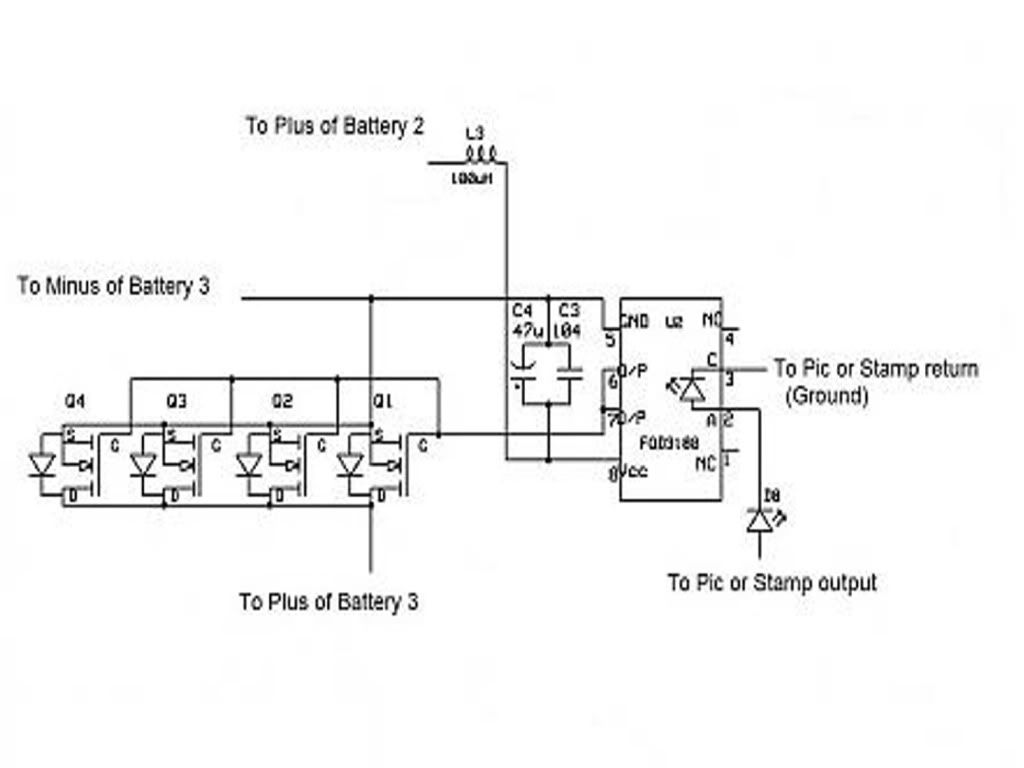You cant fix multiple batteries because your potential is always to low. 

I am going to try another arrangement tomorrow and see if I can find a path for both routes of power to get back to the main battery. The dead batteries act as an Isolator.
Matt


I am going to try another arrangement tomorrow and see if I can find a path for both routes of power to get back to the main battery. The dead batteries act as an Isolator.
Matt







Comment